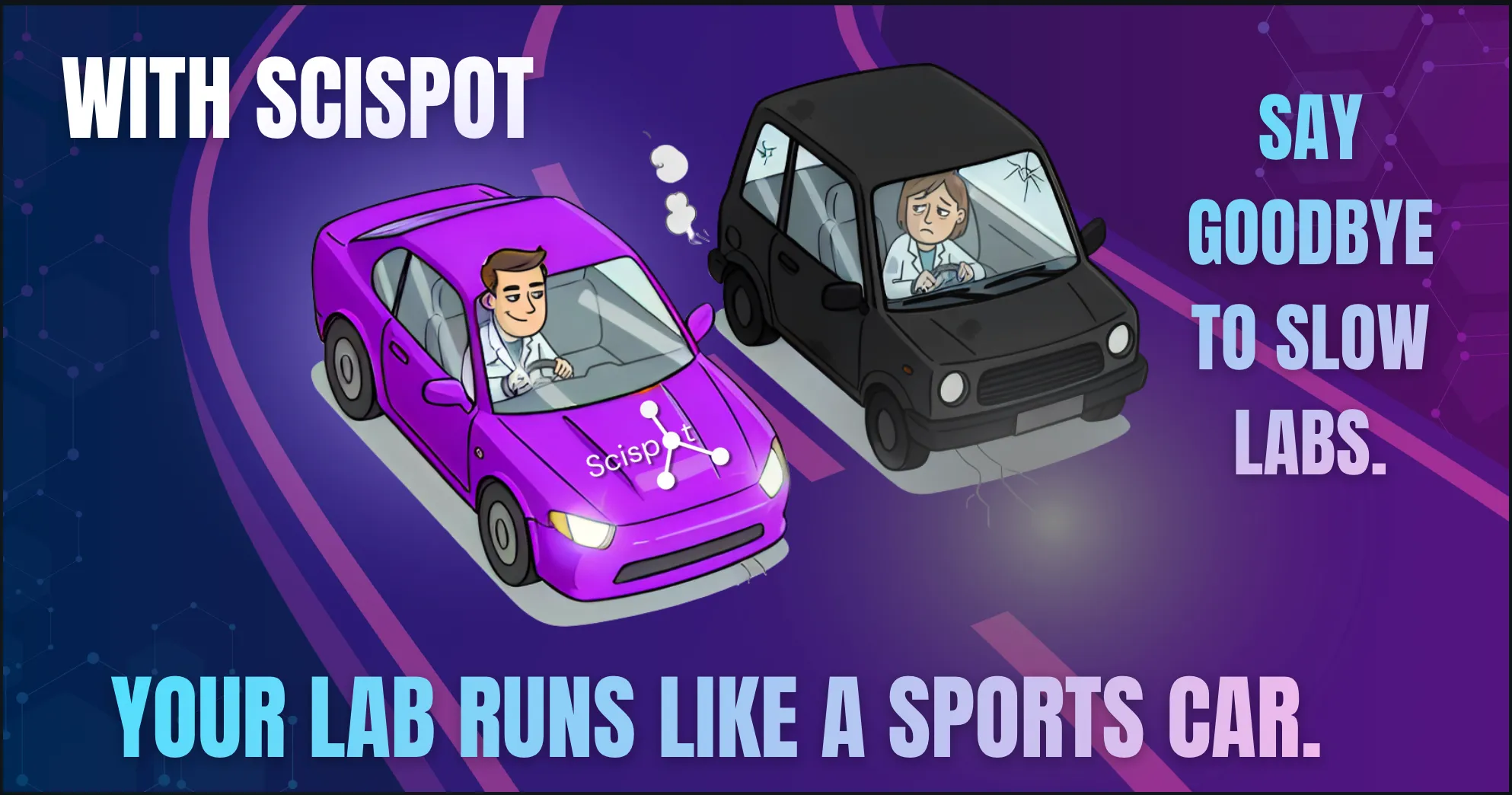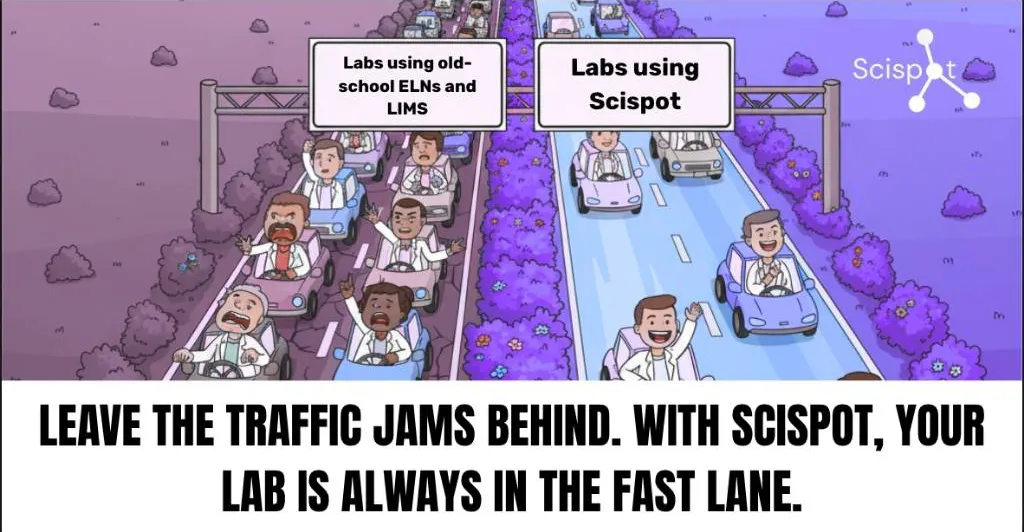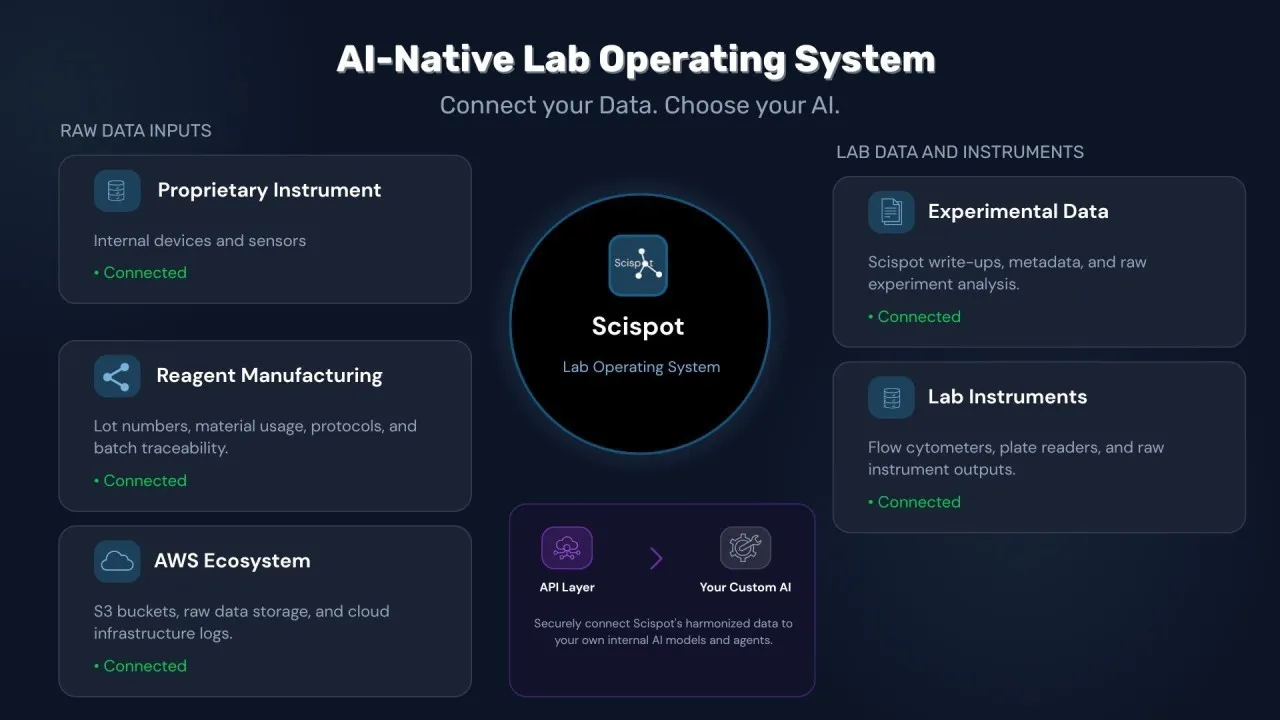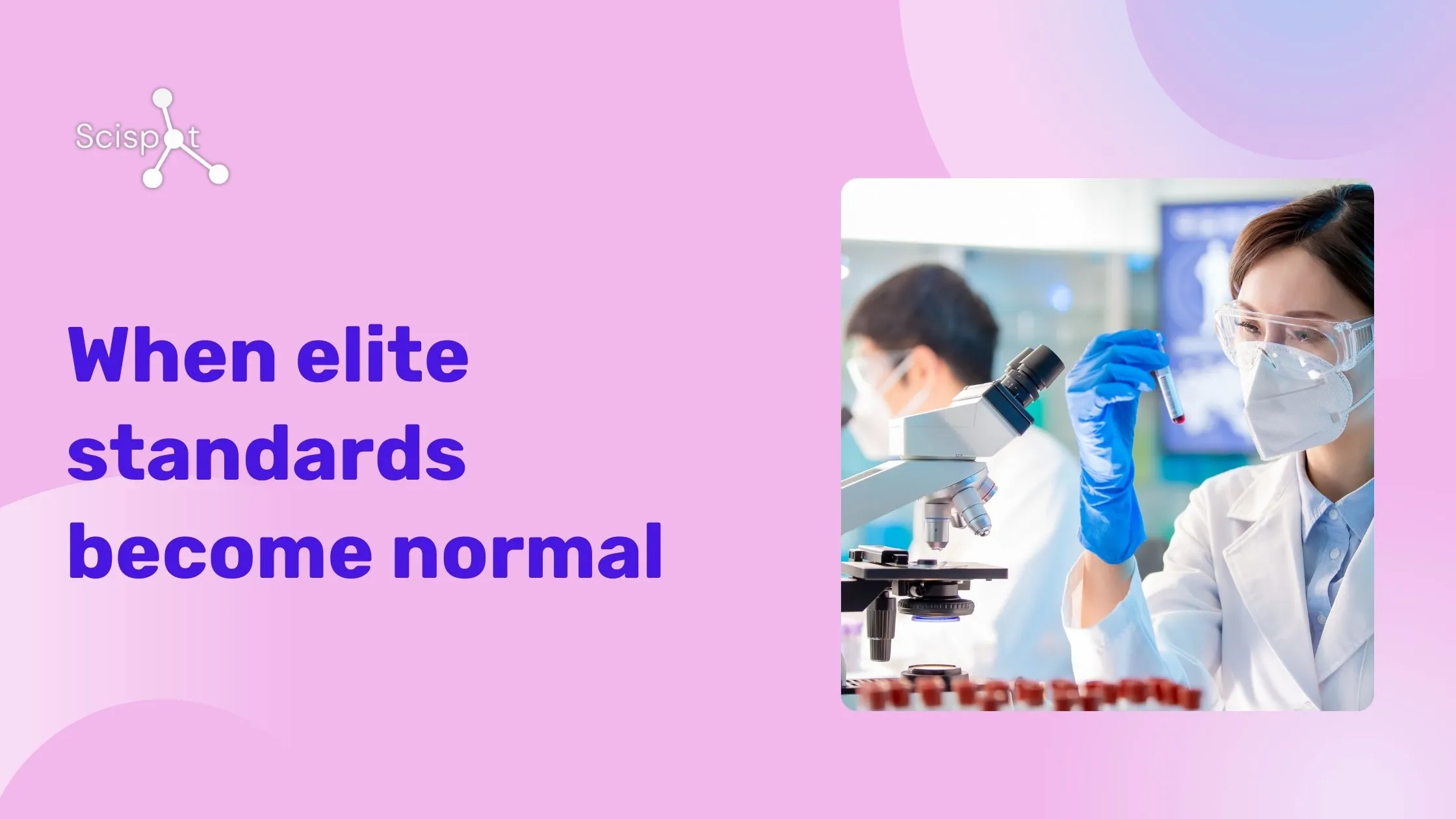For two decades, ELNs and LIMS have been the digital core of drug discovery and molecular diagnostics. They were made for a slower time. In that time, scientists wrote notes by hand. They exported small CSV files from tools. They also put together compliance reports by hand. Modern labs no longer operate this way. They create constant streams of measurements, logs, and metadata. This data goes straight to cloud storage. It is analyzed using code and AI models instead of spreadsheets.
Legacy ELNs and LIMS remain document-centric and workflow-centric rather than data-centric. They store notes and track sample IDs. They also enforce basic processes. However, they struggle when a lab needs to combine raw data from many instruments, cloud environments, and analysis pipelines. In most labs, raw files are stored on instrument PCs. Summaries are copied into Excel. A small part of those numbers is pasted into ELN entries. These tools meet documentation requirements but leave the underlying data fragmented, unsearchable, and unusable for large-scale learning.
Meanwhile, the data profile of modern labs has transformed. High-content imaging, multi-omics, flow cytometry, next-gen sequencing, automated screening, and custom diagnostics all produce large, multimodal datasets. Instruments stream data directly to cloud buckets. Analyses happen in Jupyter notebooks and automated pipelines. IoT sensors generate constant telemetry. Labs aren’t creating “experiments with attachments” anymore — they’re generating continuous event streams. Traditional ELNs and LIMS were never designed to be the primary home for this type of data.
This shift is fueling the rise of AI-native Lab Operating Systems (LabOS) like Scispot. A LabOS serves as the unified, structured data layer for the entire lab. It models materials, batches, samples, runs, results, and experiments within a single connected schema. This replaces the outdated mix of ELNs, LIMS modules, spreadsheets, and makeshift databases. It offers a single system that supports lineage, analytics, automation, and AI.

A LabOS begins with automated ingestion, not manual uploads. Raw data flows directly from instruments, devices, cloud buckets, and APIs into the system. Each dataset is normalized, linked to the materials and experiments that produced it, and stored with complete context. Once structured, the platform creates a knowledge graph. In this graph, every entity—lot, sample, run, result—becomes a node. Each node has clear relationships with others. This makes true end-to-end traceability native instead of manual.
On top of this graph, an AI-native LabOS exposes natural-language access and intelligent agents. Because the data is standardized and contextualized, large language models can query it accurately. Scientists can ask simple questions — compare runs, surface outliers, trace lineage, summarize assay performance — and get instant answers. This marks a significant departure from the keyword-search paradigm of legacy ELNs.
Computation and analysis also move inside the operating system. Analysis pipelines work directly on the structured data layer. This means you do not need to export data to Excel or use separate Jupyter servers. Notebooks and workflows are linked to datasets, executed in controlled environments, and written back into the model. Analytical work becomes reproducible, shareable, and auditable by default.
Migration and interoperability are essential. Labs cannot pause R&D for replatforming. A credible LabOS must ingest legacy documents and spreadsheets automatically, converting unstructured files into structured records. It should work well with a lab's internal AI system. It must show its organized data layer as a secure base, not as a closed SaaS silo.
The strategic implications are significant. Once all experiments, materials, and results are combined, each new run adds to a shared knowledge graph. This prevents the creation of another separate spreadsheet. Over time, the lab develops a proprietary intelligence asset that accelerates discovery, improves decision-making, and compounds in value. Labs that stick to traditional ELNs and LIMS will keep generating data. However, they will not gain all the benefits from it.

ELNs and LIMS will not disappear right away. Their main ideas are not in line with where modern labs are headed. These ideas include documents at the center, manual uploads, and limited integration. They will increasingly be part of a larger LabOS. This system is API-first, graph-based, and cloud-connected. It is designed for AI from the start. As data volume and AI use keep increasing, the Lab Operating System is not just a better tool. It is a necessary change in how labs work. Learn more about Scispot's LabOS at Scispot.com/demo.






.webp)
.webp)



